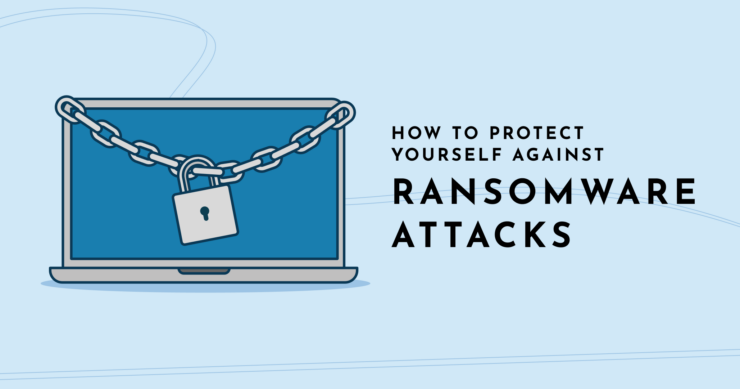
Protecting yourself against ransomware attacks is crucial in today’s digital age, where such malicious software can encrypt your files, holding them hostage until a ransom is paid. The first step in safeguarding against these attacks is to ensure that your operating system and all applications are up-to-date. Cybercriminals often exploit vulnerabilities in software to initiate their attacks. By regularly installing updates, you patch these vulnerabilities and reduce the risk of being targeted.
Another critical measure is to implement a robust backup strategy. Regularly backing up your data in multiple locations, such as on an external hard drive and a cloud storage service, ensures that you can restore your information without paying the ransom. It’s important that the backup systems are not constantly connected to your network, as ransomware can spread to connected drives and networks. Furthermore, practicing good cybersecurity hygiene by avoiding suspicious links and email attachments, using strong, unique passwords for different accounts, and employing multi-factor authentication whenever possible can significantly diminish the risk of a ransomware attack.
Lastly, educating yourself and others about the risks and signs of ransomware is key. Many attacks begin with phishing emails that trick users into downloading malicious attachments or providing sensitive information. Being able to recognize these attempts and knowing how to respond is an invaluable defense. Additionally, consider using security software that offers real-time protection against malware and ransomware attacks. By taking these proactive steps, you can significantly bolster your defenses against the growing threat of ransomware.

